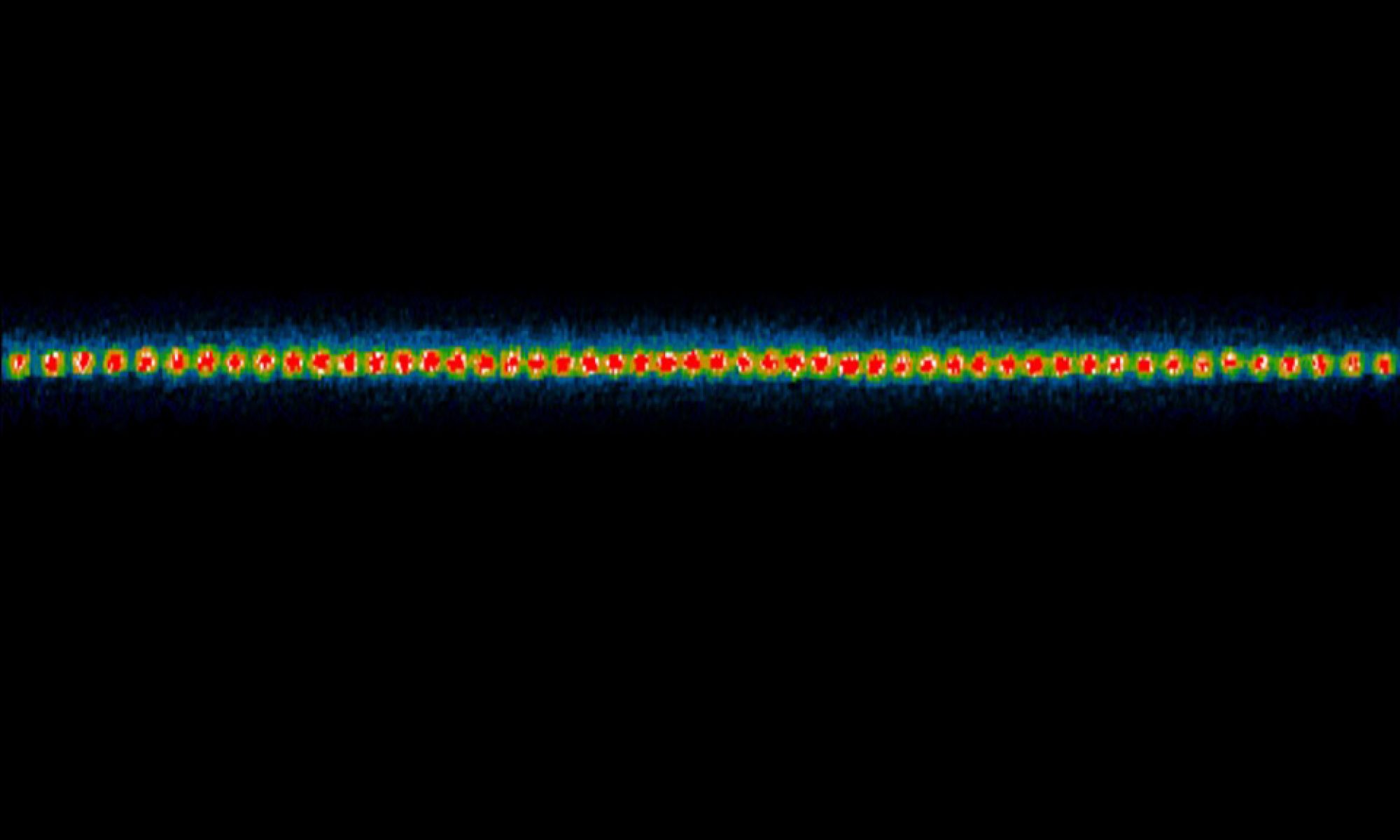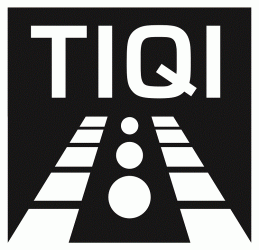Modularity is everywhere, from social networks and transportation hubs to biological function. Modular systems are always necessary for mitigating complexity, especially in computer systems where the latest processors have up to 256 modular cores. We propose a realistic modular quantum computing design that is scalable to huge numbers of qubits, while resistant to errors. Entanglement within a module is afforded through local phonon interactions, which can be extended to other qubit modules through photonic interfaces. Experimentally, we report the first step in such an architecture by entangling remote ions in different ion traps while also showing local entanglement between ions in a single ion trap module as a demonstration of both photon and phonon buses in a single network. The entanglement rate between modules is nearly 10/sec, orders of magnitude faster than previous results, and much faster than the observed decoherence rate, thus representing the first demonstration of a scalable quantum network in any photonic platform. Moreover, we show how to phase-lock gates over space and time between multiple modules, a crucial prerequisite for scalability. We finally show that even if the photons from different modules have different optical frequencies, entanglement fidelity of the linked quantum memories can be recovered, without sacrificing entanglement rate, by feed-forwarding timing information on the coincidence interference.
- “Large Scale Modular Quantum Computer Architecture with Atomic Memory and Photonic Interconnects,” Phys. Rev. A 89, 022317 (2014). [AIP Synopsis]
- “Modular Entanglement of Atomic Qubits using Photons and Phonons,” Nature Physics 11, 37-42 (2015).
- “Quantum gates with phase stability over space and time,” Phys. Rev. A 90, 042316 (2014).
- “Entanglement of distinguishable quantum memories,” Phys. Rev. A 90, 040302(R) (2014).
- JQI News Release and Animation of concept


